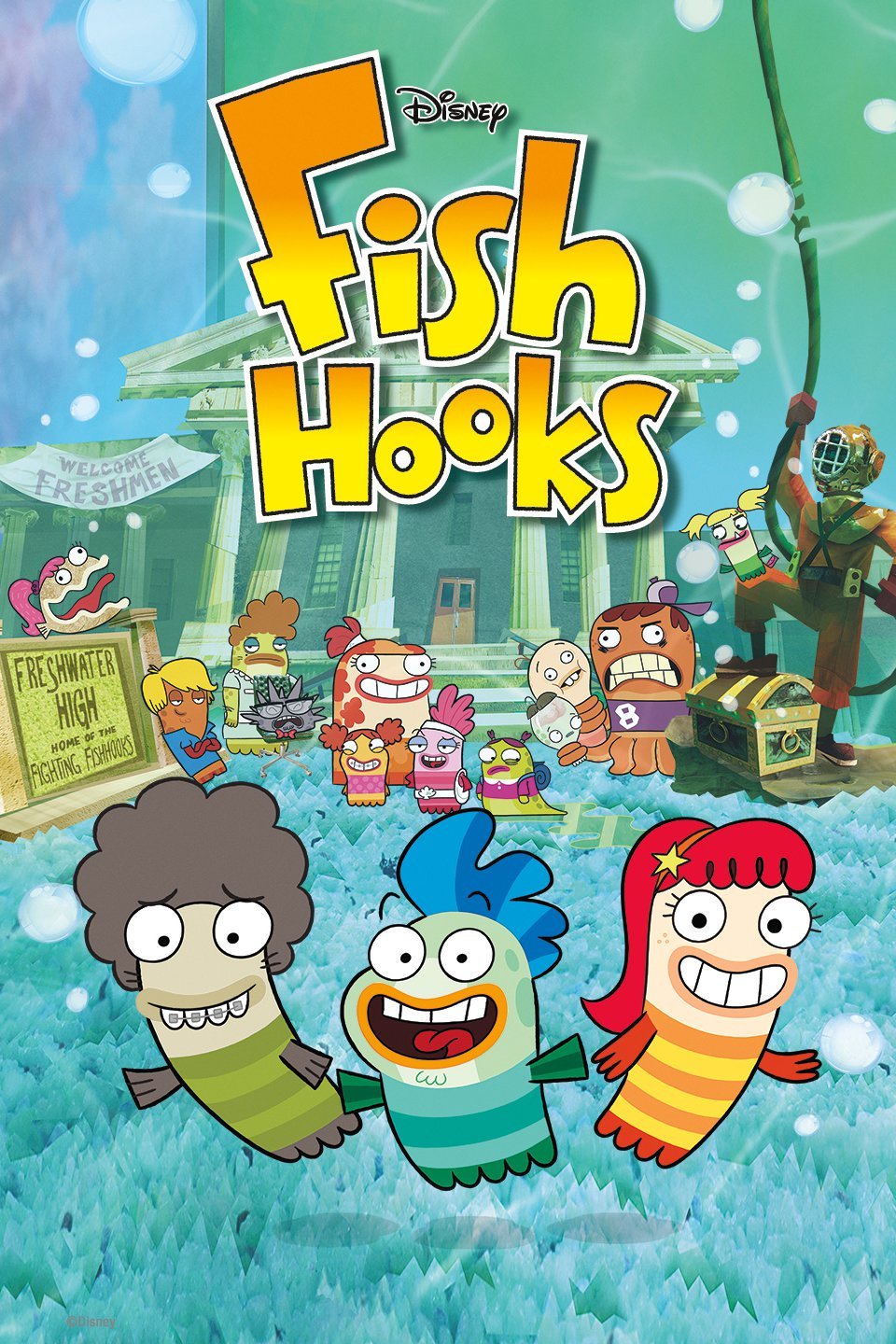
Unlike the contemporary notion of “property,” titleholders could not sell their territories and were obligated to share its resources. Indigenous peoples of the northwest coast had a territorial governance system and complex protocols that delineated access rights to the land and sea ( Trosper, 2009). Wickaninnish Cliff Atleo, President Nuu-chah-nulth Tribal Council, 2012 ( Uu-a-thluk, 2012) If there was a shortage of resources in one’s territory, you made an arrangement with the chief to secure access elsewhere. In the old days, Ha-houlthee was very strict in terms of boundaries. Consequently, sea otters may have been merely one of numerous managed coastal species, considered the property and responsibility of particular families. The intentional reduction and exclusion of sea otters by indigenous people of the northwest coast would have greatly increased the productivity of nearshore shellfish ( Dayton, 1985 Erlandson et al., 2005). Salmon and eulachon were translocated among streams to enhance production ( Brown and Brown, 2009), while abalone were transplanted close to villages to increase access. Higher up on the shores, root gardens were cultivated by routine clearing and burning to promote the productivity of blue camas lily, one of the most widely traded food resources in the Pacific Northwest whose bulbs were also transplanted outside of their range to make them more widely accessible ( Turner and Turner, 2007). Estuarine root gardens at the mouths of rivers were tended to increase crop yields of northern rice root, springbank clover, and Pacific silverweed ( Deur, 2005). Herring spawn on hemlock bows and kelp were transplanted by the Haida, Heiltsuk, and Tlingit for population restoration purposes ( Boas, 1932 Brown and Brown, 2009). Ancient clam gardens, human-made intertidal rock-walled terraces recorded from Alaska through British Columbia to Washington State, were designed to increase clam yields ( Caldwell et al., 2012 Williams, 2006) and contemporary experimental evidence has confirmed this ( Groesbeck, 2013).

It is told that knowledgeable fishers inspected the catch inside these traps during high tides and harvested fish of smaller sizes, leaving larger, more robust fish to continue up the rivers to become part of the breeding stock ( Hilistis Waterfall, 2009). For example, traditional ecological knowledge from Heiltsuk and Haida knowledge holders suggests that the construction of stone fish traps at the mouths of rivers ( Brown and Brown, 2009 Xanius White, 2006) and wooden fish weirs within streams ( Kii’iljuus Wilson, 2012 Kii’iljuus Wilson and Luu Gaahlandaay Borserio, 2011) were used to selectively harvest all five species and specific sizes of salmon. In many cases, technologies were used to maintain or enhance coastal resource productivity. example of a stewardship practice was the design of halibut fish hooks, which were made to catch only specific sizes – not the small ones that still needed to grow or the large ones that were needed to reproduce.Įmerging evidence from North America’s west coast suggests that its First People developed diverse technologies to conserve and manage coastal marine resources, including selective harvesting, seasonal restrictions on use or consumption, and proprietorship that was contingent on sustained productivity ( Berkes and Turner, 2006 Trosper, 2009). Every attempt to treat conservatively should be made before an invasive enterotomy is performed. Breakup and passage of the impaction can take days to weeks. Oral (PO) fluid administration seems to be the most practical and useful however, intracoelomic (ICe) administration is also beneficial in dehydrated patients. Hydration is extremely important in these patients. Avoid docusate (stool softener) because it has been shown to be toxic in reptiles. Mineral oil gavages (0.25% body weight), lactulose (15 to 60 mL total dose per day), and psyllium (1 to 3 g per turtle per day) have been used with success at the MSTH. In addition, seaturtles are commonly seen with mollusk shell impactions in the transverse and distal colon.

Ingestion of floating plastic (apparently appears to look or taste like jellyfish, a natural diet of many seaturtles) and garbage (see Figure 76-42) eventually kills the animal if it does not pass or is not removed.

Seaturtles with intestinal impactions often present in marked states of emaciation. These impactions can lead to buoyancy problems, pressure necrosis, and intestinal perforations. Intestinal impactions are likewise potentially lethal. Amputation is generally the only option in these cases (discussed subsequently). Strangulation injuries, not uncommonly, occur, devitalizing limbs. The offending fibers need to be carefully removed, and the tissue tested for viability. CONSTANCE MERIGO, in Reptile Medicine and Surgery (Second Edition), 2006 EntanglementsĮntanglements are common with fish hooks, nets, and trap lines.


 0 kommentar(er)
0 kommentar(er)
